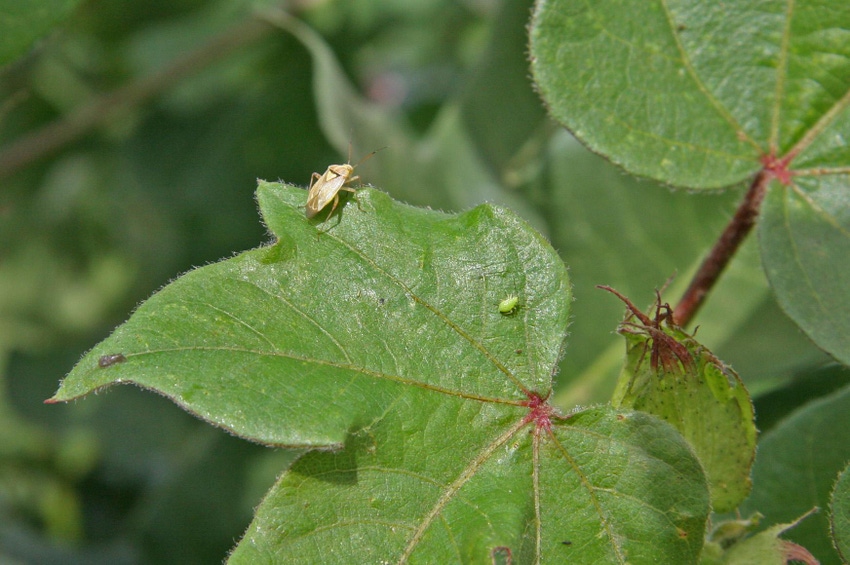
$1-plus cotton: new insect thresholds?
With historically high cotton prices, farmers wonder if thresholds for insect control should be adjusted downward.For lygus, the original research supports a threshold of 15 total lygus with at least four nymphs per 100 sweepsis based on yield and revenue curves.The current lygus threshold is appropriate for the new economics in play.
July 5, 2011

With historically high cotton prices, many farmers wonder if thresholds for insect control should be adjusted downward. As “economic” thresholds, this is an astute question.
The answers are in the research that supports threshold systems and are insect specific.
For lygus, the original research supports a threshold of 15 total lygus with at least four nymphs per 100 sweepsis based on yield and revenue curves.
As it turns out, the ‘15:4’ threshold is close to the apex of the curve where cotton growers make the most money. These curves were developed when cotton was worth 50 to 75 cents per pound.
In attempts to maximize yield by controlling lygus below the four-nymph level, we were unable to increase yields with nearly double the number of sprays.
The current lygus threshold is appropriate for the new economics in play. In fact, research supports thresholds as high as ‘15:8’.
Growers have managed whiteflies for years and the following is a refresher on the current threshold level used and why.
Whiteflies are a potential quality-reducing insect. It takes far fewer whiteflies in the field to impact quality than it does to impact yield. In fact, it takes two to four times the number of whiteflies to impact yield as it does to cause risks for quality reductions.
Yield loss does not occur unless more than 90 percent of the leaves are infested with adults and/or more than 76 percent of leaf disks are infested with large nymphs. There is no need to lower the thresholds for whiteflies.
The levels currently in use for Stage I (fully-selective materials) - 40 percent infested with adults plus 40 percent infested with large nymphs - and for Stage II (partially- selective materials) are more than sufficient to protect against any yield loss, and still ensure high-quality cotton by preventing excess whitefly sugars on the lint.
You May Also Like



